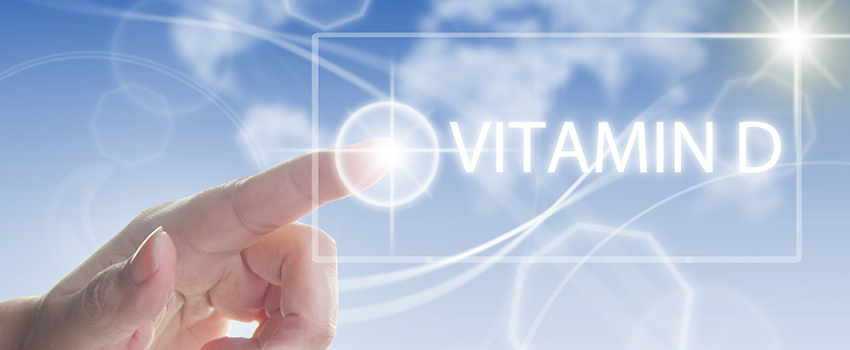What Foods Can I Eat to Get More Vitamin D?

When the winter arrives, the days are shorter and the amount of sunlight we’re exposed to decreases. This can often be a bummer for our moods—and sometimes, for our health.
When we are exposed to less sunlight, we don’t get as much vitamin D, a vitamin that’s essential to our overall health. Our team at AFC Urgent Care Cleveland wants to share some insight about why this vitamin is important, as well as ways you can boost your intake.
What Does Vitamin D Do?
Vitamin D is essential to both our mental and physical health. When it comes to our physical health, vitamin D helps the body to absorb calcium in order to build stronger bones and muscles.
In addition, lack of vitamin D can cause fatigue and contribute to anxiety and depression. Therefore, it is important to recognize the signs of vitamin D deficiency so that you can seek medical attention and assistance as soon as possible.
Signs of Vitamin D Deficiency
- Thinning or brittle bones
- Osteoporosis
- Frequent bone fractures
- Muscle weakness
- Changes in mood
What Is the Difference Between Vitamin D and Vitamin D3?
If you’ve ever looked at the vitamin aisle in a drug store, you likely know that the selection of vitamin D can be confusing! So, what’s the difference between the various options?
Vitamin D3 comes from animals, while vitamin D2 (also commonly known as just plain vitamin D) comes from plants. Looking to get your vitamin D intake from your diet rather than a supplement? Add these foods to your plate:
Foods That Are High in Vitamin D
- Fatty fish, like tuna, mackerel and salmon
- Foods fortified with vitamin D, like some dairy products, orange juice, soy milk and cereals
- Beef liver
- Cheese
- Egg yolks
Think you might be experiencing a vitamin deficiency? Visit AFC Urgent Care Cleveland today for a medical examination and treatment plan. No appointment is needed.
